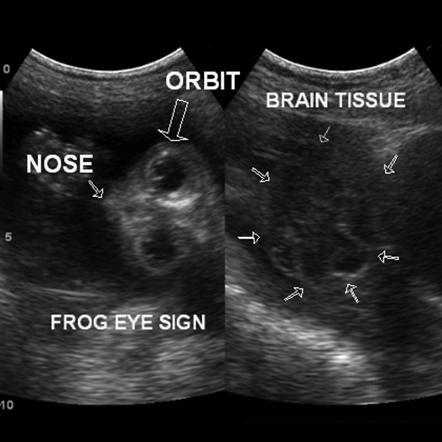Frog eye imaging
Technical introduction
The frog squatted in the rice field, occasionally blinking its big convex eyes. Although there was a moth on the stalk in front of it, it “turned a blind eye” ". However, as soon as the moth spread its wings and took off, the frog leaped upwards with lightning speed, opened its mouth wide, turned out the tip of its tongue, and immediately stuck to the moth and "hooked" it into its mouth.

Technical principle
In order to figure out why the frog must wait for the moth to take off before launching an attack, bionicists conducted special experiments on the frog. It turns out that the nerve cells in the retina of frog eyes are divided into five types. One type only responds to color, and the other four types only respond to a certain feature of a moving target, and can transport the decomposed characteristic signal to the brain's visual center-the visual center. Top cover. There are four layers of nerve cells on the optic roof. The first layer responds to the contrast of the moving target; the second layer can extract the convex edge of the target; the third layer only sees the periphery of the target; the fourth layer only keeps the target dark The light and dark changes on the front edge. These four layers of features are like drawing on four sheets of transparent paper, stacked together to form a complete image. Therefore, among the rapidly moving small animals of various shapes, the frog can immediately recognize the flies and moths it likes to eat, but has no response to other moving objects and stationary objects.
Application of technology
In modern warfare, the enemy may launch missiles to attack our targets. At this time, we can launch anti-missiles to intercept the other’s missiles, but the enemy is trying to confuse me It may also send signals to disturb our sight. On the battlefield, the true and false missiles launched by the enemy's aircraft, tanks, and ships are all in rapid motion. To defeat the enemy, we must distinguish between true and false missiles in time. Combining the electronic frog eye with radar, it can follow the real target in flight sharply and quickly like a frog eye, and shoot down the target.
Latest: Chen Zhijian (Academician of the National Academy of Sciences, Immunologist)
Next: Stephen Edberg







